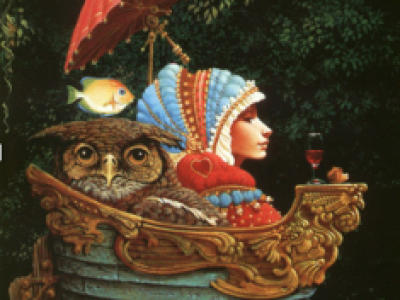by Ariel Mitchell, dramaturg
One of the hardest things for any actor is creating a character. The actor has to be able to separate themselves and their mannerisms from the mannerisms of the person they are trying to portray. This is especially hard when trying to depict a real person that you have met and interviewed. In order to differentiate yourself from a character the easiest thing to do is to heighten their ticks (fiddling with a necklace, drumming fingers, running a hand through their hair, etc.) and try to match their vocal tone and posture.
Unfortunately, heightening these aspects of a person often come off as comical. Whenever is something is exaggerated, especially by some one who is an inexperienced actor or isn’t very perceptive to body language, it becomes a sort of mockery. That is not what we are striving for in Gone Missing and The Cleverest Thief.
In our production, nine actors will portray over sixty characters in the span of two hours. How will they differentiate themselves from the characters they are playing? How will they distinguish their different characters from each other? Can they accomplish an honest depiction of real people?
When the representative from The Civilians company (group that devised/wrote Gone Missing), Emily Ackerman, workshopped with us she taught us some tricks. The first exercise she introduced involved status, or how a person carries themselves. A person of high status (social rank, energy, or happiness level) carries themselves with good posture and a spring in their step. As the status decreases people tend to carry themselves more curled in on themselves, as if protecting, with slumped shoulders and their gaze on the floor. Emily asked us to walk around the room and she’d say a number from 1 (low) to 10 (high) and we’d have to depict how a person of that status would look. She then asked us who a person of high status would be (we came up with celebrity, royalty, overconfident jock) and who a person of low status would be (we came up with street urchin, abused woman, someone who was depressed). Through this exercise we came up with a range of emotion that we could depict physically. We went through this process for ticks as well.
Finally Emily asked us to create a character with a defined status (from 1-10), distinct way of carrying themselves, and a defined tick (how strong it was 1-10). We then interacted with each other trying to see if we could guess the choices that our classmates made.
See if you can guess who the character is in this video. Who is it? What is their status? How does it reflect their age, gender, and how they feel about themselves? Do you believe that this character is a real person?


